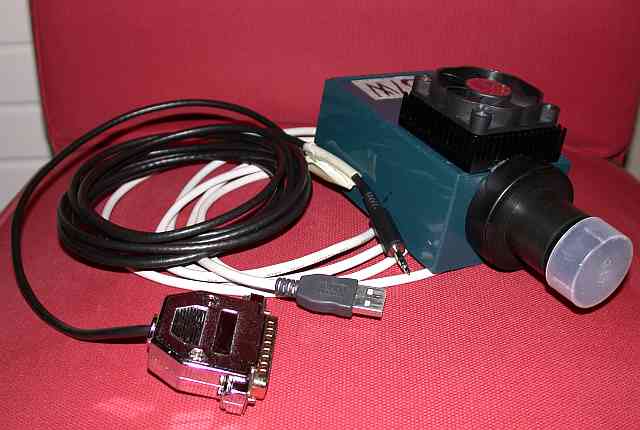Back to http://arnholm.org/
Deep Sky
I started out imaging the planets using unmodified webcams. It was my main interest and anything beyond that seemed
far out of reach. I am still extremely fascinated by the planets, but I have also learned to
appreciate deep sky objects. They are not always as static as one might think, there are
supernovae events
and perhaps even gamma flashes. Deep sky objects also offer challenging imaging projects and
imaging these elusive objects can give you a new perspective on the understanding of the Universe.
This page used to be where I presented all my deep sky images, but the increasing volume of images has
prompted a redesign allowing for further growth. You can now access the images via the follwing links
All of the deep sky images here have been shot using Philips webcams modified for long exposures. It was Steve Chambers who first described how to modify these webcams, and therefore long exposure webcams are referred to as "SC1", "SC2" or "SC3" based on the generation of modification. The SC1 is the simplest, and the SC3 is more advanced. You can find more information at
Steve's website
Special software is required to control the modified cameras, I currently use the excellent
K3CCDTools written by Peter Katreniak both for
imaging and processing. For processing, I also use Registax.
The SC1 and SC3 long exposure capable cameras
Initially (from April 2002), I used a colour Vesta 675K SC1 camera. This camera has no cooling nor any option to switch off amplication (this causes image noise). In September 2003 I received 2 new SC3 cameras. These cameras are much more advanced. One has a colour CCD, the other a B/W CCD. The advantage of B/W is more sensitivity. Both cameras offer amp-off, peltier cooling and have very low noise.

|
This is what the Philips Vesta 675K SC1 looks like when it is not connected to the scope. To use it with the
telescope, you must unscrew the red lens and attach a 1.25" adapter (aka. "Mogg-adapter").
Notice the extra red/black cable. The camera returns images in the normal fashion via the USB cable,
but extra long exposure control is sent to the camera via the LPT port.
|

|
This is the new Philips Vesta 690 SC3. Originally, it looked just like the SC1 above, but this one
has been given a new "home" in the green/blue box. The camera has a new, larger and more light sensitive
CCD chip (this one is black/white, but the colour camera looks just the same).
Long exposures are controlled via the LPT cable, just like the SC1. In addition, the SC3 camera
has a peltier element and fan powered by a 5V DC cable. This can cool the chip significantly and
thereby reduce electronic noise. Also, the SC3 sports its own 1.25" adapter which can be unscrewed,
revealing M42 threads suitable for adapting an SLR camera lens (for wide field imaging).
|

